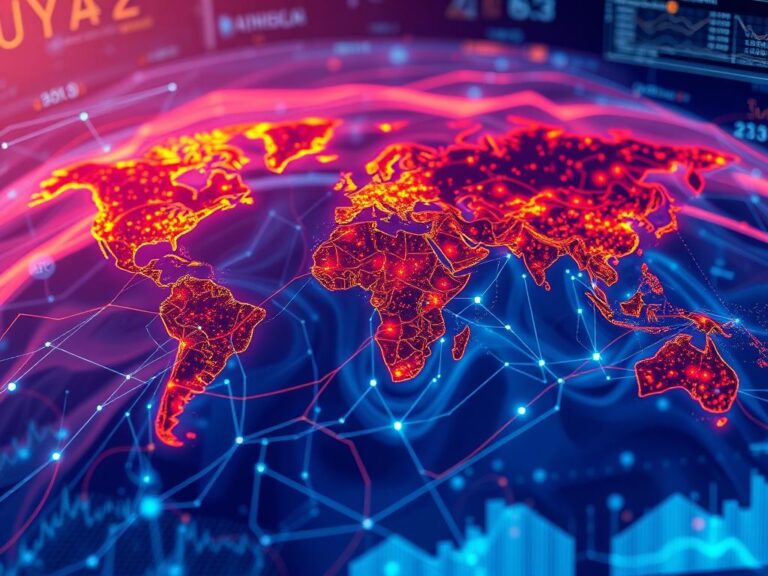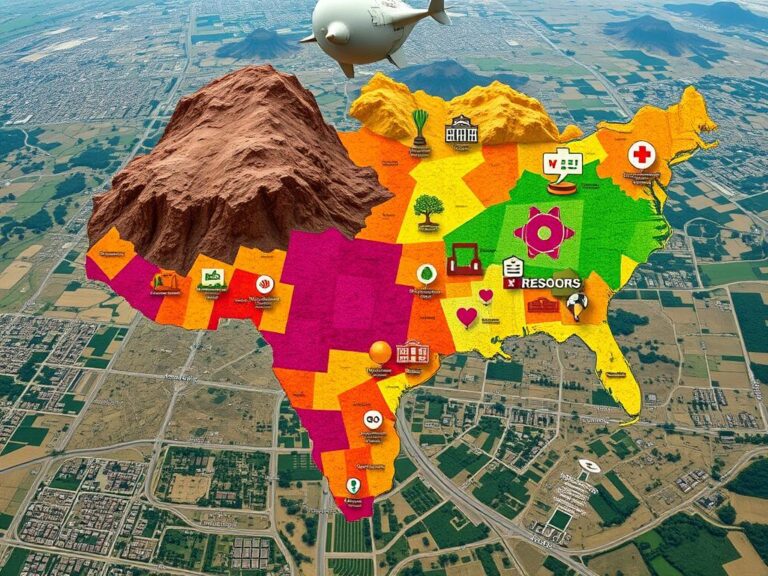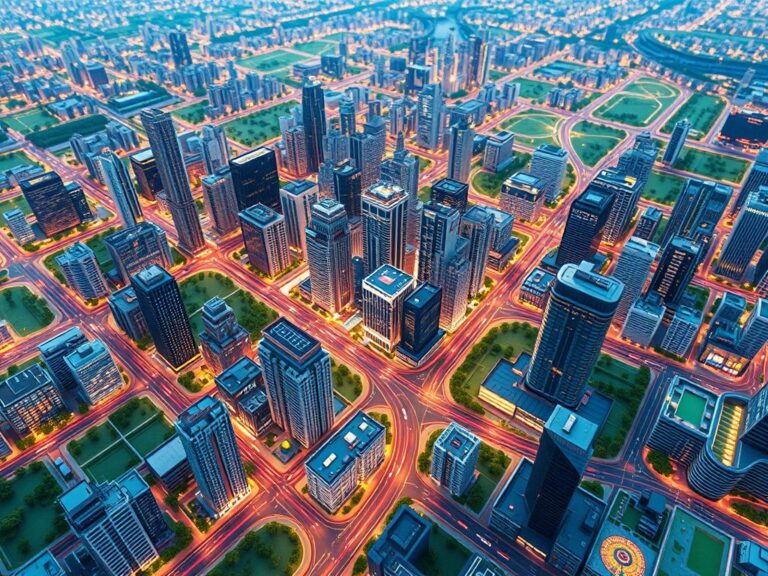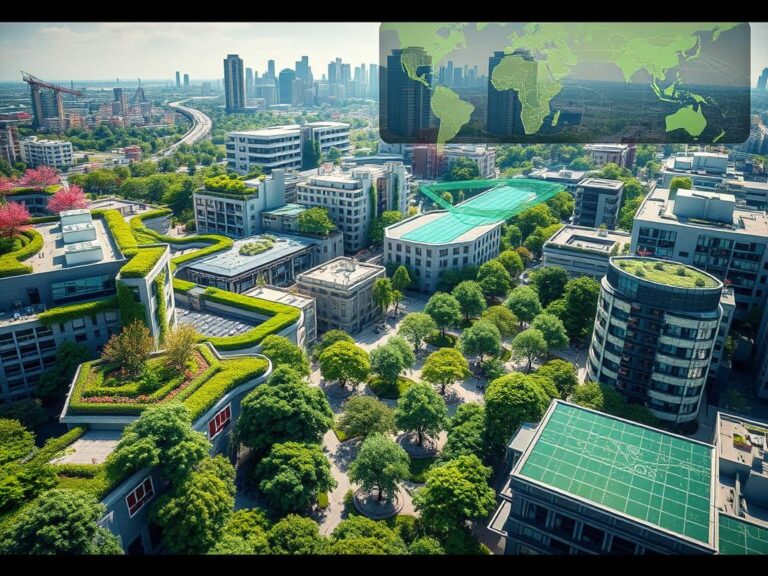Predictive Analysis with Geospatial Data Mining
In today’s world, using location-based information is key for businesses. Geospatial data mining mixes spatial analysis and predictive modeling. It changes how we make decisions and find important insights. This article looks at how location-based data helps make forecasts for better decision-making. Geospatial data includes info about where things are and their attributes. It’s valuable…










